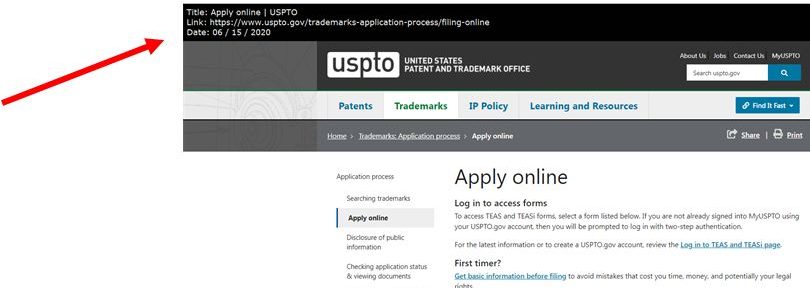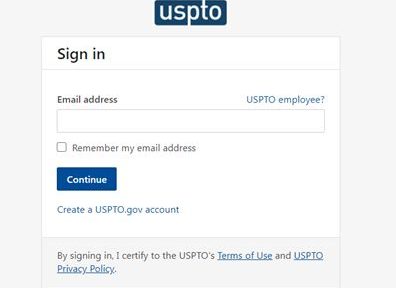In the last year, there have been numerous changes at the USPTO affecting trademark applicants. For example, the following have all changed since the summer of 2019:
- Mandatory electronic filing
- Applicant email address
- Updated specimen requirements
- New U.S. Counsel rule
- Applicant domicile requirement
- Attorney bar information requirement
- Login requirements
These changes affect all filings, including Office Actions responses and allegations of use.
Mandatory electronic filing requirements are detailed in Examination Guide 1-20 (Revised), and affect new applications, renewals and declarations of continued use, allegations of use, and office action responses, with very limited exceptions. The rules went into effect on February 15, 2020.
Applicant email address requirement: Applicants must provide email addresses, even when represented by counsel. It must be a valid email address, and cannot be the same as counsel’s email address “so that the USPTO can contact them [Applicant] if representation ends.” After many complaints and concerns raised, the Applicant email address address has bee hidden by the USPTO in online systems that the public can access.
New specimen requirements also went into effect February 15, 2020. For details, see Examination Guide 1-20 (Revised). With respect to webpage specimens, Rule 2.56(c) was amended to require applicants and registrants to show or provide the URL, as well as the access or print date. 37 C.F.R. §2.56(c). Tip: Use a browser tool or print settings to capture this info. Below is a sample screen shot that complies with the requirements.

Label and Tags, if not attached to the goods physically, must “clearly show the mark in actual use in commerce (Example: UPC code, ingredients, net weight, other details). Mock-ups or tags that appear to have been possible created for the filing, will be refused.
U.S. counsel rule: A foreign-domiciled trademark applicant – or party to TTAB proceeding – must be represented at USPTO by an attorney licensed to practice in the United States. This rule went into effect August 3, 2019, with USPTO goals to increase USPTO customer compliance with U.S. trademark law and USPTO regulations, improve the accuracy of trademark submissions to the USPTO, and safeguard the integrity of the U.S. trademark register. Any attorney in USPTO record must now provide a statement attesting to their active membership in good standing of a bar of the highest court of a U.S. state, commonwealth, or territory; and attorney bar membership information (state, number if applicable, and year of admission). These requirements will come up in any online TEAS filing if not already in USPTO system, even if the application was filed or registration issued prior to the rule. More details in Examination Guide 4-19 (Revised).

As a byproduct of this rule, all applicants must provide a domicile address – PO Box or mailing stops no longer acceptable, “care of” addresses no longer acceptable. Exceptions may be available via a Petition to Director, or a recent form update allows to hide the domicile address and provide a different public address.
Login requirements: To submit any filing, the user must have a USPTO account. The login requires two-factor authentication, with additional changes coming later this year. These steps were taken to help crack down on fraudulent filings.

Bottom line: There are many changes that have taken place lately at the USPTO, and more will likely be unveiled in the next year, including possible fee increases. To keep up future with changes, subscribe to this blog or follow me on Twitter @tm4smallbiz.




